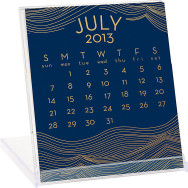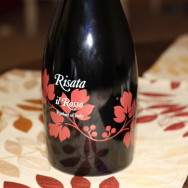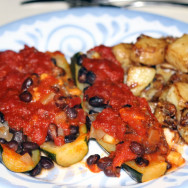Even now, weeks since I’ve finished reading Tom Rachman’s novel, The Imperfectionists, I’m not sure what to make of it. I picked it up off of a table that was buy two, get the third free (I’m a sucker for those sales!) because it was the only one on there, aside from the two I had planned to buy anyway, that I did not already own. The cover was enticing, with unusual lettering and a tied newspaper at the bottom; however, when I flipped it over to look at the description on the back I found nothing but several additional glowing reviews. A little irritated at the arrogance of designing a book cover such as this, I reluctantly bought it with the other two and let it sit on my shelf for a few weeks.
I picked it up out of desperation, really, since I had created a wish list of books for my birthday and Christmas, and felt that all of the titles on that list were off-limits until after those had past. As usual, people like to get me one book, or maybe two if I’m lucky, but try to stick to presents not on my list because everyone thinks “everyone gets [me] books.” That is fine with me because if I had it my way, I would own a houseful of books and wear goofy old t-shirts instead of the professional clothing that I’m required to wear for work. Alas, my friends and family pretty much keep me looking nice with sweaters and scarves and I appreciate it beyond words, but it still means I spend around 6 weeks each year not buying the books that I most want and then kicking myself for not purchasing them regardless of the list when I only get one or two from the list. To get to the point, I was about three weeks in to the dreadful six to eight week no-book-buying part of the year and I had finished all of my new books…except for The Imperfectionists.










 First and foremost, let me apologize for the long delay in new posts. Visiting family for Thanksgiving left me sniffling and feverish for about two solid weeks; when I finally recovered, I got so wrapped up in my long reading list that I am only now convincing myself to part from my books long enough to get back to writing.
First and foremost, let me apologize for the long delay in new posts. Visiting family for Thanksgiving left me sniffling and feverish for about two solid weeks; when I finally recovered, I got so wrapped up in my long reading list that I am only now convincing myself to part from my books long enough to get back to writing.




